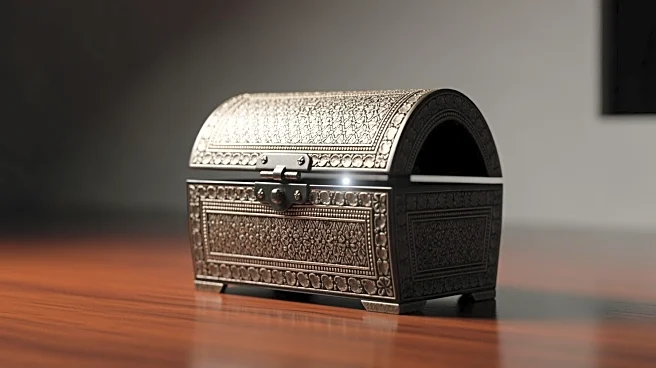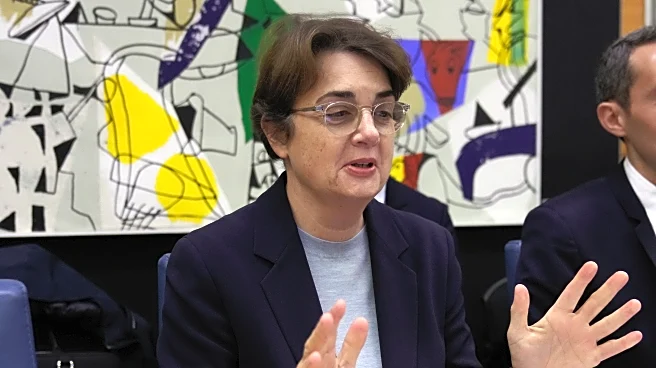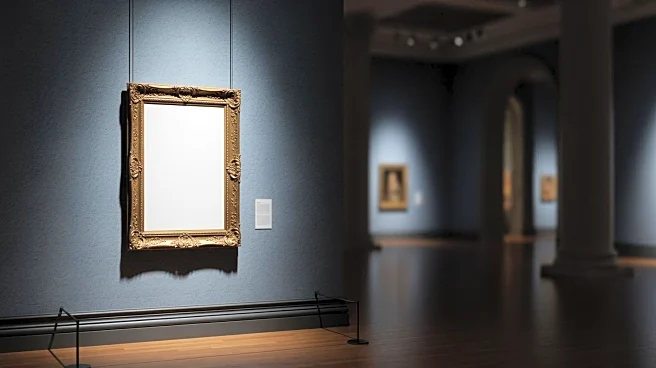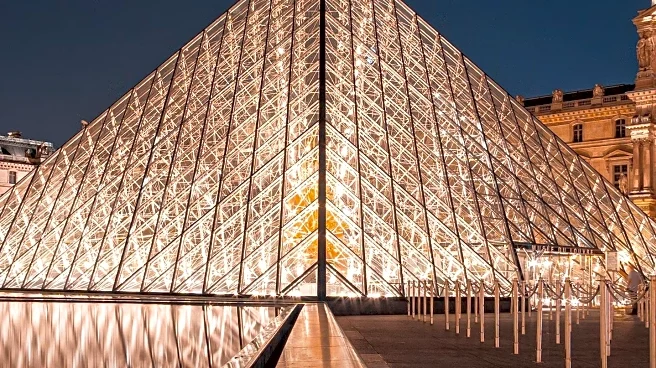What's Happening?
Laurence des Cars, the director of the Louvre Museum, has detailed plans to overhaul the museum's security system following a jewel heist that resulted in the theft of eight pieces valued at $102 million.
The heist, which took only seven minutes, exposed significant security flaws, including a poorly positioned perimeter camera and a simplistic password for the surveillance system. In response, the museum is implementing over 20 emergency measures, including the installation of 100 new cameras and the construction of a police station on the grounds. Four suspects have been arrested, but the stolen jewels have not been recovered.
Why It's Important?
The Louvre heist has raised concerns about the security of cultural institutions worldwide, highlighting the need for comprehensive security systems to protect valuable artifacts. The museum's response, including the installation of new cameras and the creation of a security coordinator position, aims to prevent future incidents and safeguard its collections. This event may prompt other museums to reassess their security protocols, ensuring the protection of cultural heritage against sophisticated theft attempts. The incident also underscores the importance of cybersecurity in protecting digital surveillance systems from breaches.
What's Next?
The Louvre's security upgrades are part of a broader modernization plan, with an estimated cost of $933 million. The museum is also restricting visitor numbers to manage crowding and enhance security. The creation of a security coordinator position and the installation of new cameras are immediate steps, while the broader modernization plan will continue over the coming years. The museum's efforts to improve security may set a precedent for other cultural institutions facing similar challenges.












